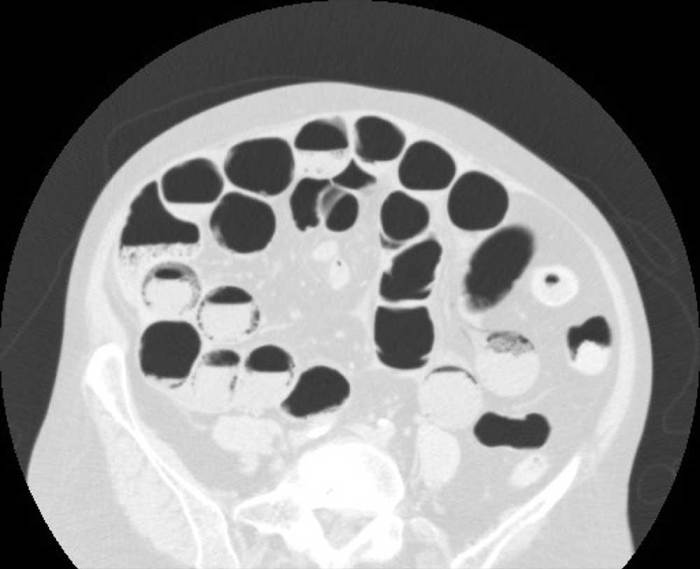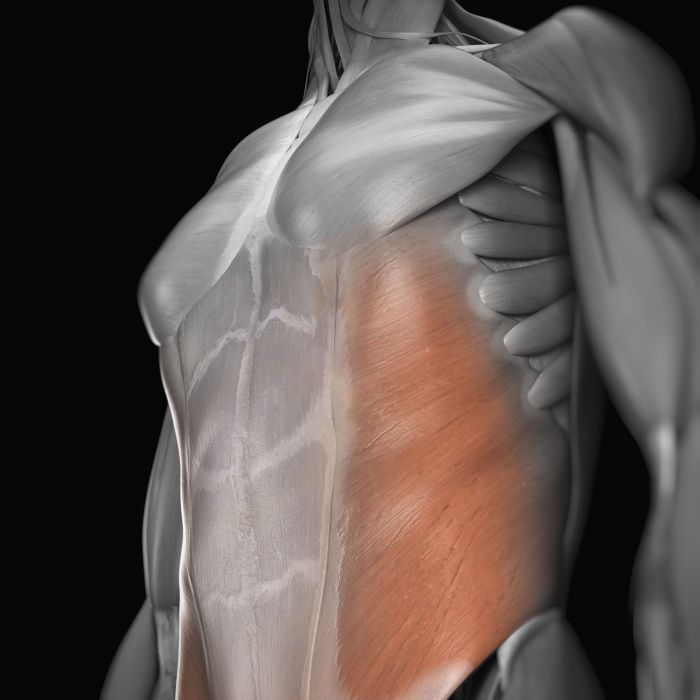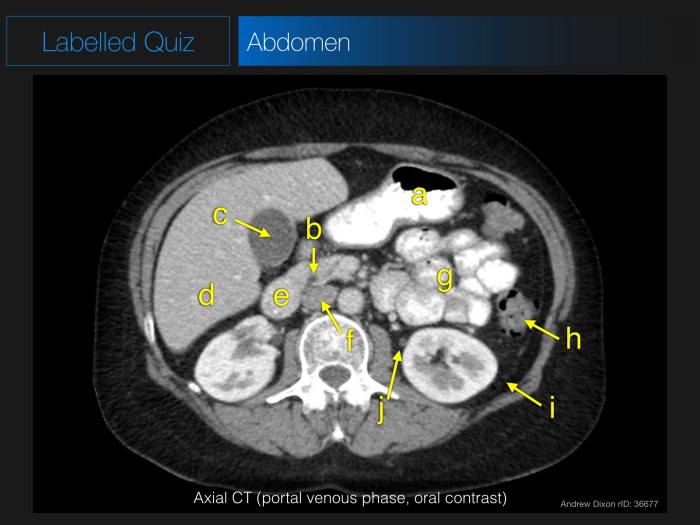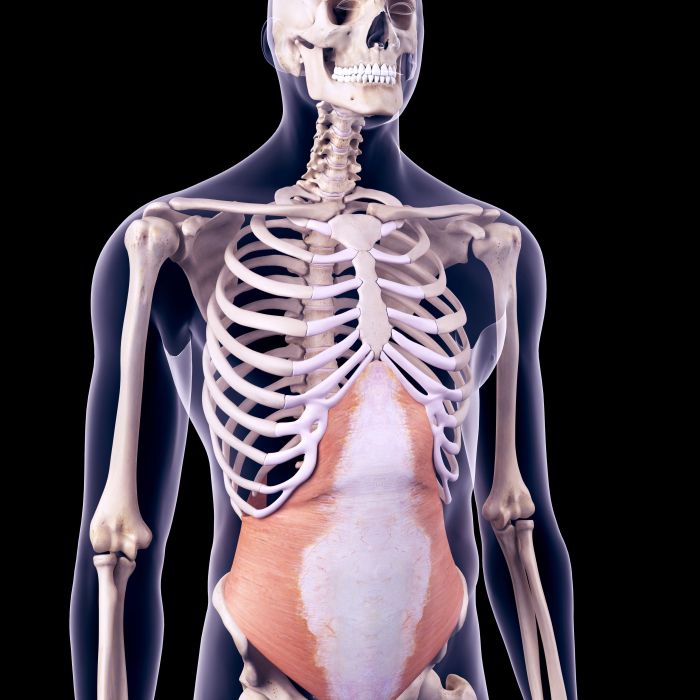Dive into the Muscles of the Abdomen Quiz and get ready for an engaging exploration of your core muscles. From their anatomical location to their crucial functions, this quiz will put your knowledge to the test and deepen your understanding of these essential abdominal muscles.
Throughout this quiz, you’ll encounter a variety of questions covering the abdominal muscles’ location, functions, innervation, and clinical significance. So, prepare to flex your knowledge and discover the intricacies of your core.
Muscles of the Abdomen
The abdominal muscles are a group of muscles that make up the anterior wall of the abdomen. They are responsible for a variety of functions, including respiration, trunk flexion, and abdominal compression. The abdominal muscles are divided into four layers: the external oblique, internal oblique, transverse abdominis, and rectus abdominis.
Layers of the Abdominal Muscles
The external oblique is the most superficial layer of the abdominal muscles. It originates from the lower eight ribs and inserts into the linea alba and the pubic tubercle. The external oblique is responsible for flexing the trunk to the side and rotating the trunk to the opposite side.
The internal oblique is the middle layer of the abdominal muscles. It originates from the inguinal ligament and the iliac crest and inserts into the linea alba and the pubic bone. The internal oblique is responsible for flexing the trunk to the side and rotating the trunk to the same side.
The transverse abdominis is the deepest layer of the abdominal muscles. It originates from the lumbar fascia and the inguinal ligament and inserts into the linea alba and the pubic bone. The transverse abdominis is responsible for compressing the abdomen and rotating the trunk.
Just when you thought you knew all the answers about the muscles of the abdomen, you stumble upon an x ray dose unit crossword . Solving this puzzle might be a fun way to brush up on your knowledge of the abdomen and other medical concepts.
But don’t get too distracted; the muscles of the abdomen quiz awaits your return.
The rectus abdominis is a paired muscle that runs vertically down the anterior wall of the abdomen. It originates from the pubic bone and inserts into the costal cartilages of the fifth, sixth, and seventh ribs. The rectus abdominis is responsible for flexing the trunk.
| Muscle | Origin | Insertion | Function |
|---|---|---|---|
| External oblique | Lower eight ribs | Linea alba, pubic tubercle | Flexes the trunk to the side, rotates the trunk to the opposite side |
| Internal oblique | Inguinal ligament, iliac crest | Linea alba, pubic bone | Flexes the trunk to the side, rotates the trunk to the same side |
| Transverse abdominis | Lumbar fascia, inguinal ligament | Linea alba, pubic bone | Compresses the abdomen, rotates the trunk |
| Rectus abdominis | Pubic bone | Costal cartilages of the fifth, sixth, and seventh ribs | Flexes the trunk |
Quiz on the Muscles of the Abdomen: Muscles Of The Abdomen Quiz

Test your knowledge of the muscles that make up the abdominal wall with this comprehensive quiz.
Each question provides multiple answer choices. Select the correct answer from the options provided.
Location and Function of the Abdominal Muscles, Muscles of the abdomen quiz
- The rectus abdominis muscle is located in the anterior abdominal wall and is responsible for:
- Flexing the vertebral column
- Compressing the abdominal cavity
- Both A and B
- Neither A nor B
- The external oblique muscle is located in the lateral abdominal wall and is responsible for:
- Flexing the vertebral column
- Rotating the trunk
- Both A and B
- Neither A nor B
- The internal oblique muscle is located deep to the external oblique muscle and is responsible for:
- Flexing the vertebral column
- Rotating the trunk
- Both A and B
- Neither A nor B
Innervation of the Abdominal Muscles
- The rectus abdominis muscle is innervated by the:
- Intercostal nerves
- Thoracolumbar nerves
- Femoral nerve
- None of the above
- The external oblique muscle is innervated by the:
- Intercostal nerves
- Thoracolumbar nerves
- Femoral nerve
- None of the above
- The internal oblique muscle is innervated by the:
- Intercostal nerves
- Thoracolumbar nerves
- Femoral nerve
- None of the above
Clinical Significance of the Abdominal Muscles

The abdominal muscles play a vital role in maintaining proper posture, facilitating movement, and aiding respiration. Their coordinated contraction provides support and stability to the trunk, allowing for efficient movement and load-bearing activities.
Weakness or Dysfunction of the Abdominal Muscles
Weakness or dysfunction of the abdominal muscles can lead to various musculoskeletal issues, including lower back pain, pelvic instability, and impaired balance. This can result from factors such as prolonged sitting, poor posture, or underlying medical conditions.
Exercises for Strengthening the Abdominal Muscles
Strengthening the abdominal muscles is crucial for overall core stability and reducing the risk of pain or injury. Effective exercises include planks, crunches, leg raises, and Russian twists. These exercises target different abdominal muscle groups and can be incorporated into regular fitness routines.
Imaging of the Abdominal Muscles

Imaging techniques play a crucial role in visualizing the abdominal muscles, aiding in the diagnosis and management of various conditions affecting these muscles. Several imaging modalities are available, each with its advantages and disadvantages.
Ultrasound
- Advantages:
- Real-time imaging
- No radiation exposure
- Portable and relatively inexpensive
- Disadvantages:
- Operator-dependent
- Limited penetration depth
- May not provide detailed visualization of deeper structures
Computed Tomography (CT)
- Advantages:
- Excellent cross-sectional imaging
- Can provide detailed visualization of both superficial and deep structures
- Useful for detecting calcifications or masses
- Disadvantages:
- Radiation exposure
- More expensive than ultrasound
- May not be suitable for dynamic imaging
Magnetic Resonance Imaging (MRI)
- Advantages:
- Excellent soft tissue contrast
- Can provide multiplanar imaging
- Useful for evaluating muscle injuries and inflammation
- Disadvantages:
- Expensive and time-consuming
- Not suitable for patients with certain metal implants
- May not be readily available in all settings
Comparative Anatomy of the Abdominal Muscles

The abdominal muscles, responsible for various movements and functions in humans, exhibit variations in their anatomy across different animal species. Understanding these variations provides insights into the evolutionary significance of abdominal muscle adaptations and their functional roles in diverse animal groups.
Adaptation to Different Functions
In animals with a quadrupedal gait, such as cats and dogs, the abdominal muscles play a crucial role in supporting the body’s weight and maintaining balance during locomotion. These animals have well-developed abdominal muscles that provide stability and strength for the spine and pelvis.
In contrast, animals with a bipedal gait, like humans, have evolved abdominal muscles that are specialized for upright posture and movement. The human abdominal muscles, particularly the rectus abdominis and external oblique muscles, are adapted for maintaining an upright position, stabilizing the trunk, and facilitating respiration.
Additionally, in animals with a highly specialized digestive system, such as ruminants (e.g., cows and sheep), the abdominal muscles are involved in the complex process of digesting plant material. These animals have a large and muscular rumen, which requires strong abdominal muscles for its efficient functioning.
FAQ Overview
What are the main functions of the abdominal muscles?
The abdominal muscles play a crucial role in supporting the spine, maintaining posture, and facilitating movement. They also assist in respiration and protect the abdominal organs.
How can I strengthen my abdominal muscles?
Regular exercise, including core-strengthening exercises like planks, crunches, and leg raises, can effectively strengthen your abdominal muscles.
What are some common injuries related to the abdominal muscles?
Strains and tears of the abdominal muscles can occur due to excessive force or improper technique during exercise or physical activities.